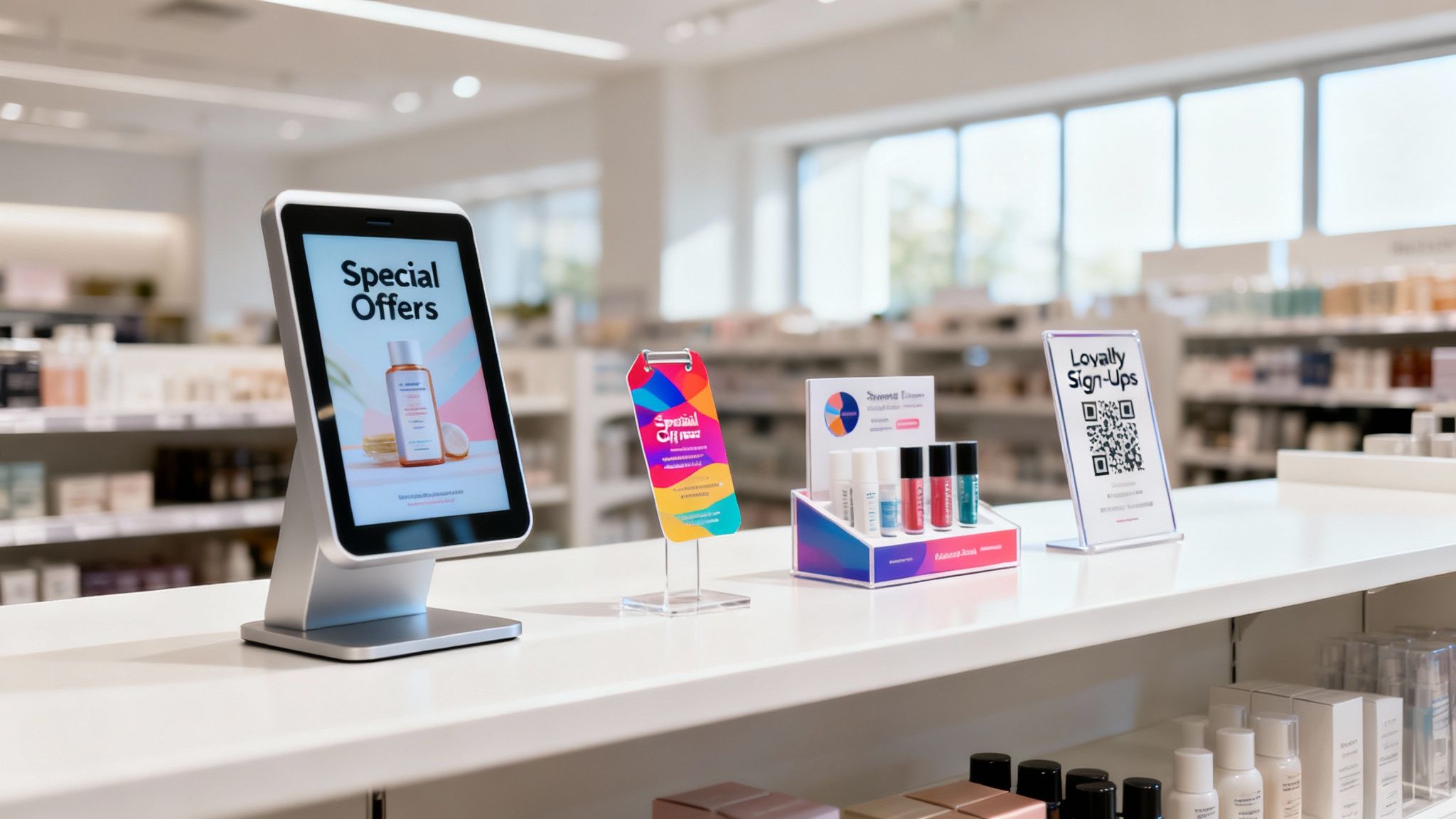

In a crowded market, capturing customer attention happens in-store. Traditional promotions fall short as consumers seek experiences and personalization. With the decline of third-party cookies, in-store engagement and first-party data collection become crucial, making physical stores essential for customer acquisition and loyalty.
This article offers 10 actionable retail sales promotion ideas for modern brick-and-mortar stores, using in-store media networks and data-driven tactics to boost sales and foster customer relationships through effective communication, where various types of commercial signs act as silent salespeople, guiding and informing customers.
Using data from numerous stores, we will explain the impact on brands like Unilever and retailers like Kroger. You'll get a guide for crafting promotions that connect with today's shoppers and provide measurable ROI. Let's explore future retail strategies.
The Buy One Get One (BOGO) offer is a key retail sales promotion strategy that increases transaction value by providing a free or discounted item with a full-price purchase. Variations such as "Buy One Get One Free" or "Buy One Get One 50% Off" offer an appealing deal for shoppers.
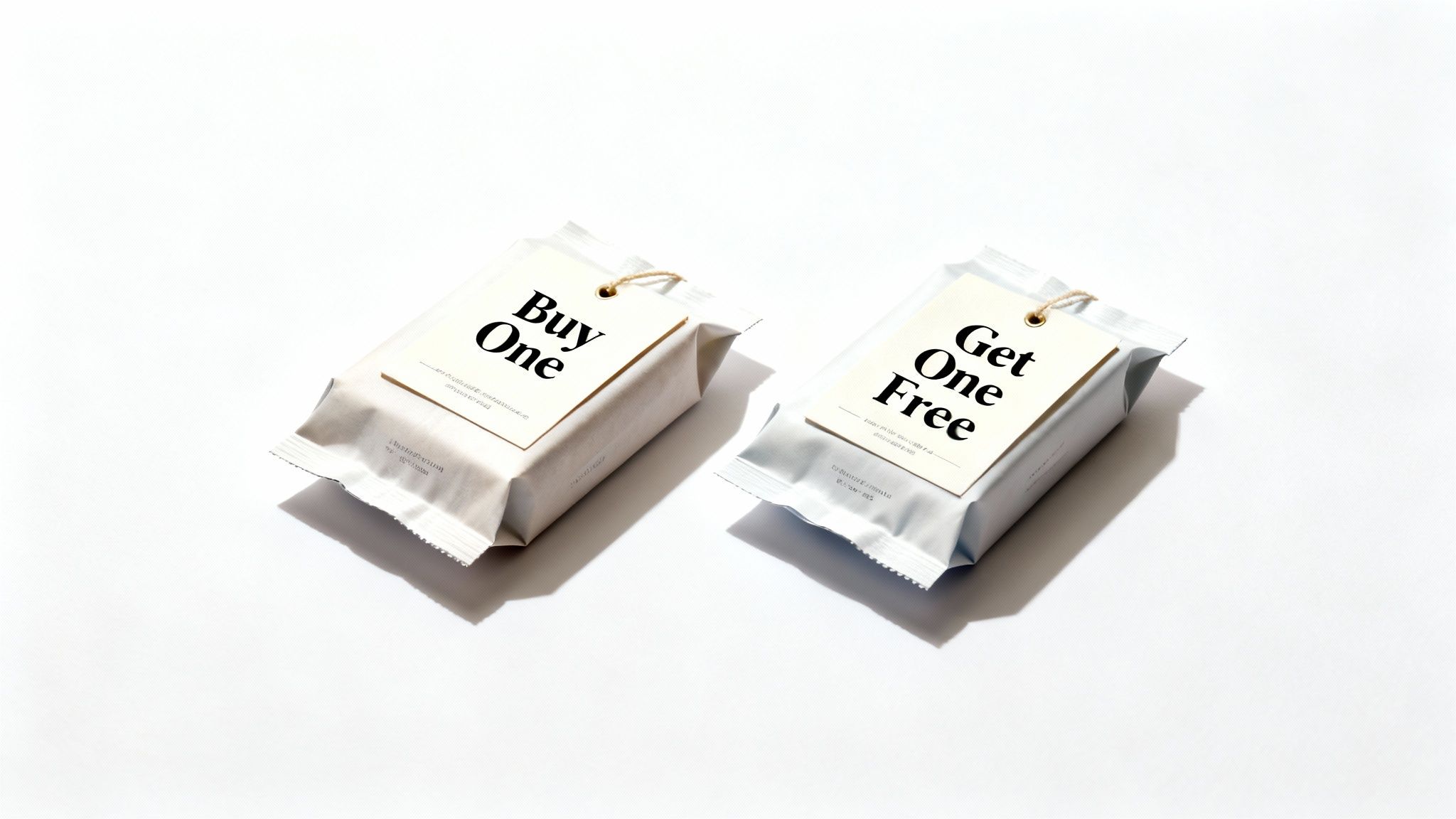
This promotion effectively moves surplus inventory, introduces new products, and boosts foot traffic during slow periods. Retailers can pair a popular item with a new product to encourage trials. The perceived value of a "free" item often leads to larger purchases.
Flash sales are brief promotions with large discounts, typically lasting a few hours to a couple of days. They create urgency using FOMO (Fear of Missing Out) to encourage quick purchases, making them a dynamic retail strategy.
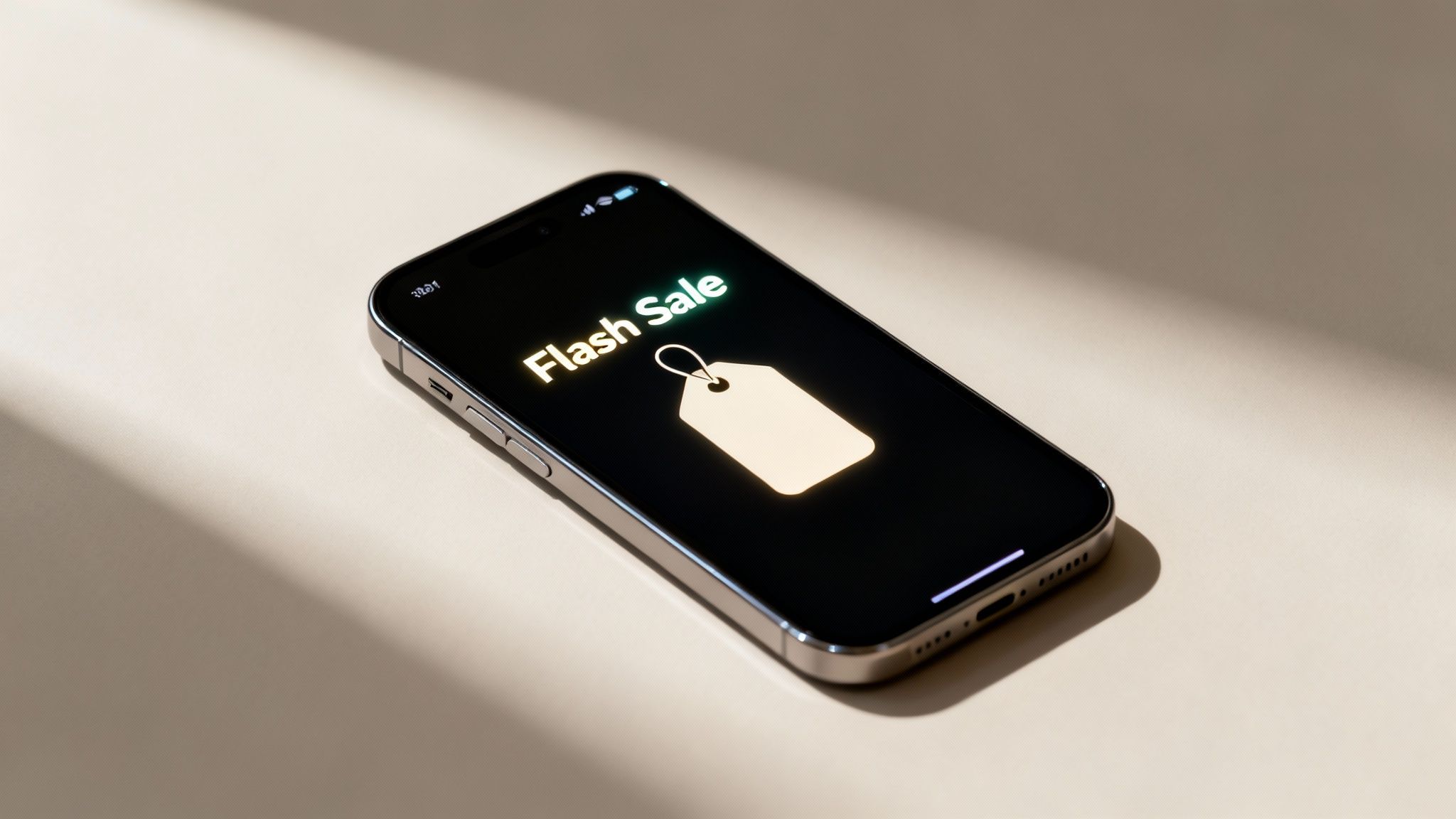
This promotion helps clear seasonal inventory, attract traffic during slow periods, or improve short-term cash flow. Companies like Amazon use "Prime Day" and "Lightning Deals," while brands like Fashion Nova employ flash sales on social media to generate excitement. The perceived scarcity makes the offers exclusive and appealing.
Loyalty rewards programs are a strategic approach to customer retention, incentivizing repeat business by offering exclusive perks for continued patronage. Instead of focusing on a single transaction, these programs aim to increase customer lifetime value by rewarding shoppers with points, tiered benefits, or special access. This model fosters a deeper, more emotional connection to the brand, turning casual shoppers into loyal advocates.
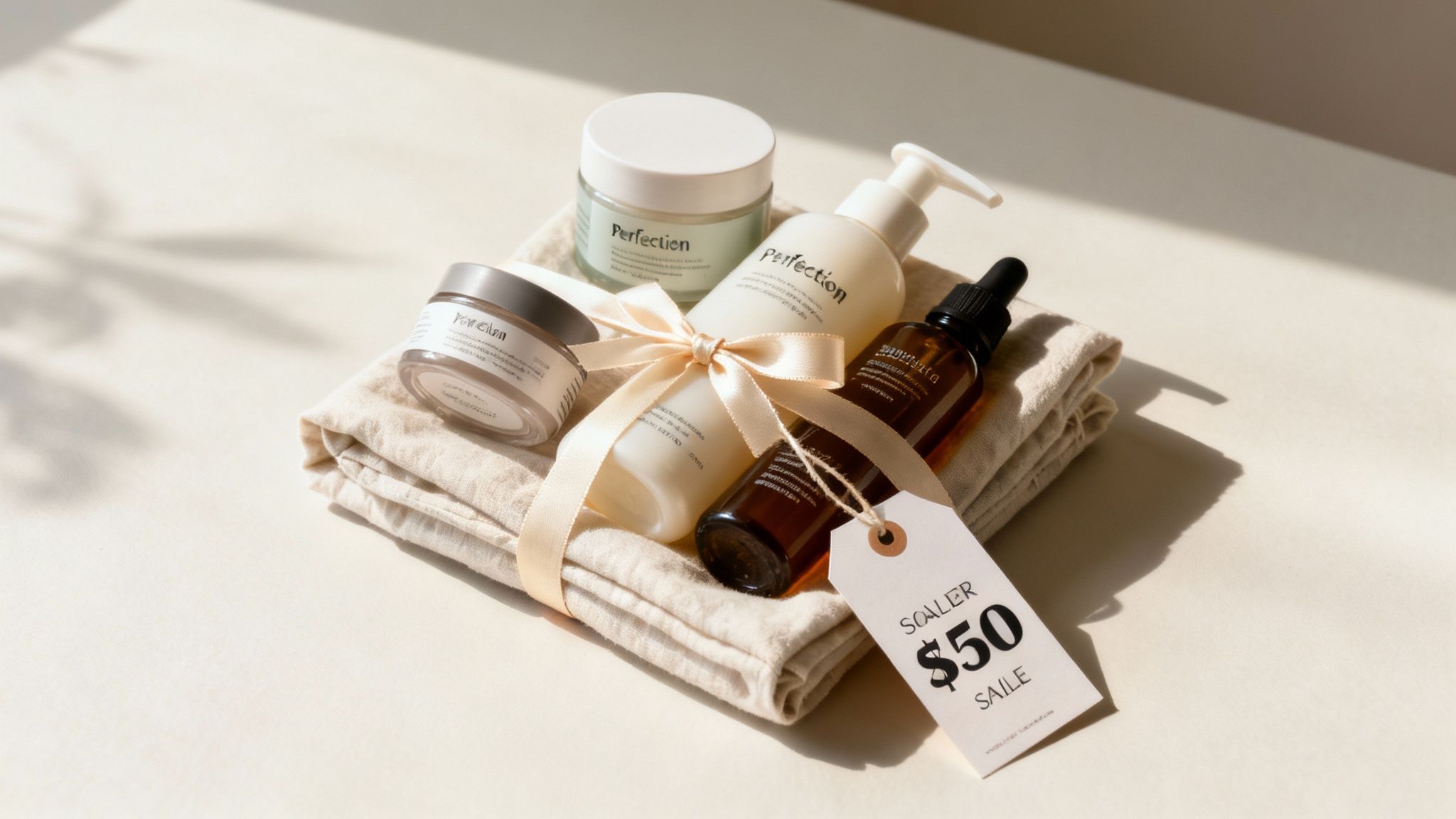
This promotion is a strong strategy for collecting first-party customer data and ensuring consistent revenue. Programs like Sephora's Beauty Insider and Target's Circle have succeeded by making customers feel appreciated and offering clear benefits. The data collected supports personalized marketing, enhancing customer relationships and encouraging store visits.
Focusing on long-term value makes loyalty programs a key driver of sales and brand loyalty.
Direct price reductions, such as percentage-off or dollar-amount discounts, clearly communicate value to customers. This simple approach encourages purchases and can be used store-wide, for specific categories, or individual items to boost sales, clear inventory, or draw new customers.
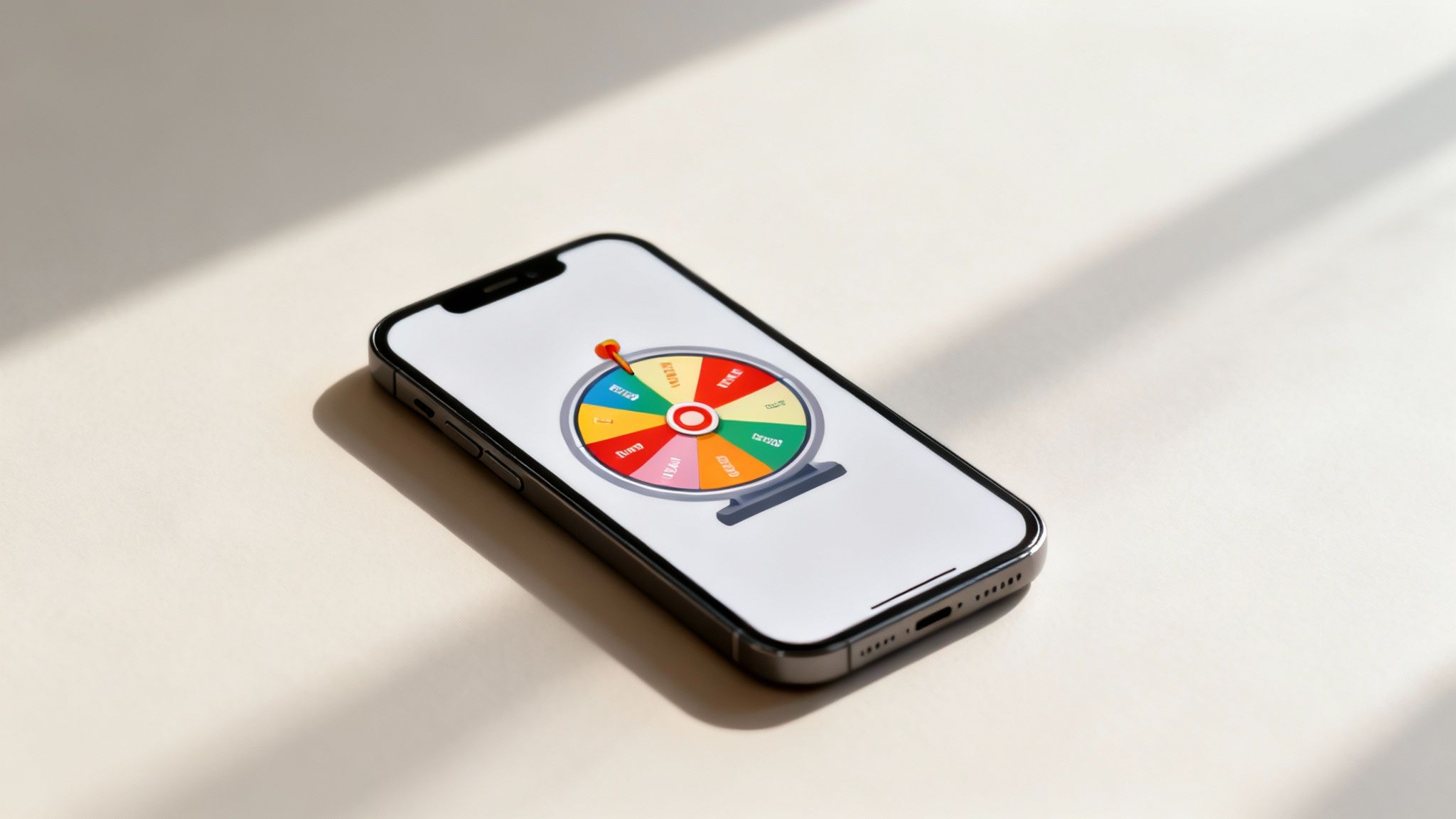
This strategy's strength is in its clarity and adaptability. Retailers like J.Crew use percentage-off promotions to clear seasonal stock, while Bed Bath & Beyond built loyalty with "20% off one item" coupons. Reduced prices effectively boost conversion rates and transaction value, especially with purchase thresholds.
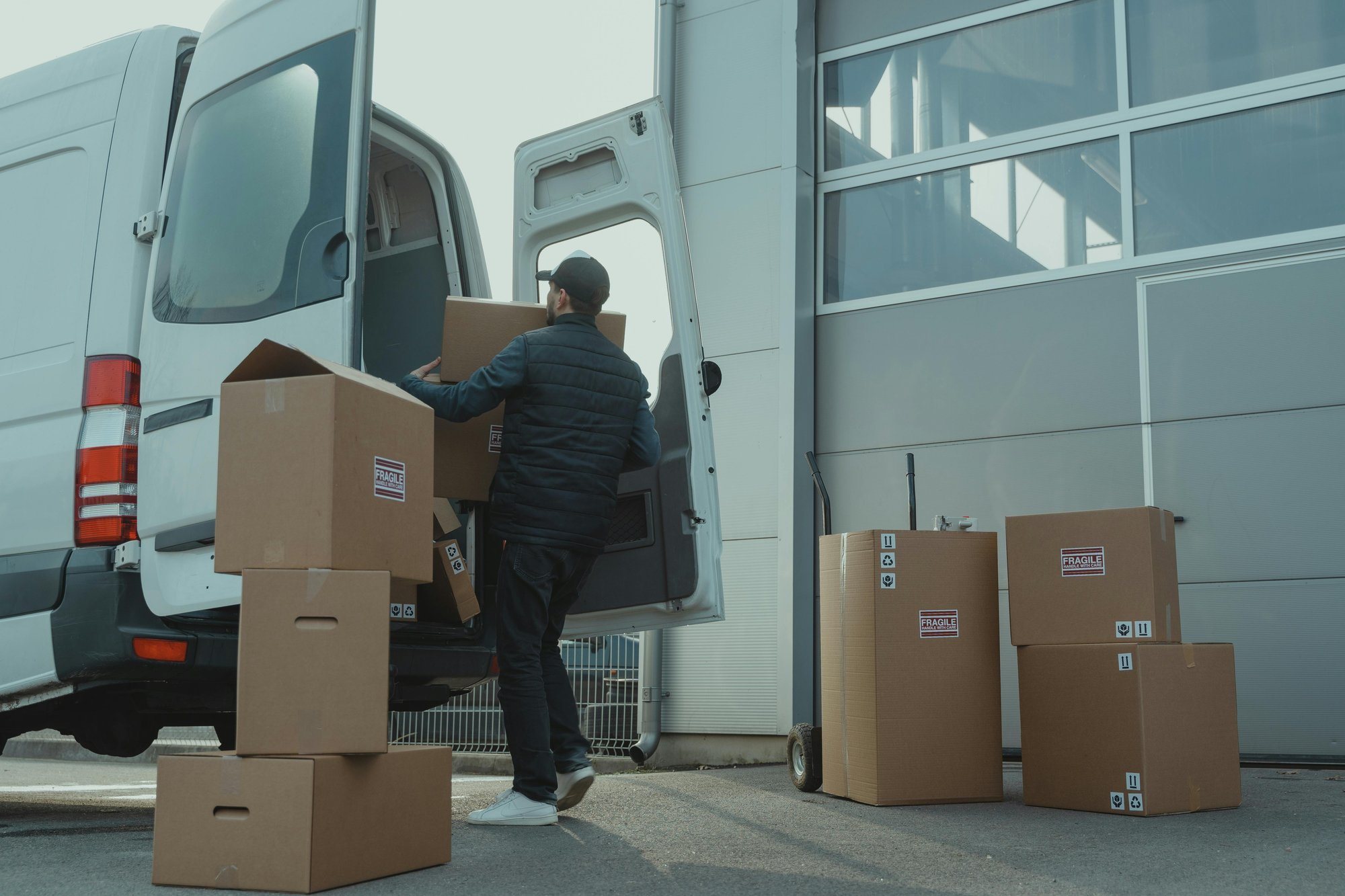
Free shipping promotions are an effective way to reduce online shopping cart abandonment by eliminating delivery charges, thereby smoothing the purchasing process. Once a special perk, this has now become a standard expectation due to large retailers like Amazon.
This method enhances conversion rates, average order value (AOV), and customer loyalty. For example, Zappos gained success by offering free shipping and returns, which encouraged risk-free purchases. Many stores also set a minimum purchase amount to increase cart value.
Bundle deals, which group complementary products at a discounted rate, are effective for increasing average order value. Customers perceive greater value as the cost is lower than buying items separately. Retailers can introduce new products or clear slow-moving stock by pairing them with bestsellers.
From fast food to cosmetics, bundling simplifies decisions by offering complete solutions, like a gaming console with games. This converts single purchases into multiple-item sales, boosting revenue per customer.

Aligning sales with key calendar dates is an effective retail strategy. Seasonal promotions tap into existing consumer behavior during peak times like Black Friday and Christmas, enabling careful planning to capture market growth.
These campaigns create urgency and relevance. For instance, Target’s back-to-school deals capture August family spending, while Starbucks' Pumpkin Spice Latte boosts Q4 traffic. Predictable events help retailers build anticipation and coordinate marketing that resonates with consumers.
Referral programs turn satisfied customers into a marketing force by encouraging them to recommend your brand to others in exchange for rewards. This word-of-mouth strategy helps acquire new customers cost-effectively and fosters community and loyalty. Using referral links or codes, businesses can efficiently track performance and distribute rewards, benefiting both the company and participants. Successful campaigns often reward both referrers and new customers.
Giving select customers early access to sales or new products fosters loyalty and enthusiasm. Offering VIP sales to top customers such as loyalty program members or email subscribers generates a sense of exclusivity, encouraging them to become brand advocates.
This strategy effectively boosts interest in new collections or significant sales events, as seen with the Nordstrom Anniversary Sale, where cardholders enjoy early access, increasing pre-sale revenue. The exclusive nature encourages immediate purchases and can draw in new loyalty program participants.
Gamification enhances the shopping experience by integrating game mechanics like spinning wheels and challenges into the purchasing process. These elements entertain shoppers, build anticipation, and encourage return visits through the psychology of variable rewards.
This method effectively boosts customer engagement, collects valuable data, and strengthens brand loyalty. Examples include a "spin-to-win" wheel offering discounts for email signups and Starbucks' "Star Dash" that encourages repeat purchases.
We've explored retail sales promotions like BOGO offers and gamification. The main point is that implementation matters, as generic discounts and static signage are outdated.
Modern retail thrives by transforming physical spaces into smart media channels using data-driven strategies. Successful promotions are personal, timely, and shopper-relevant, aiming to provide a smooth customer experience with real-time flash sales or seamless loyalty rewards.
To achieve measurable impact, focus on these key principles:
Feeling inspired but unsure where to start? Avoid implementing everything at once. Intouch.com Can help You, Start Now ,Begin with one or two promotional ideas that align with your immediate business objectives.
Mastering these strategies is not just about short-term gains but building a resilient, customer-focused brand. Deliver value and engaging experiences to turn casual shoppers into loyal advocates and drive growth in your stores.
Ready to replace static posters with intelligent, data-driven promotions? See how Intouch.com transforms your in-store space into a dynamic retail media network, allowing you to deploy, measure, and optimize campaigns with precision. Visit Intouch.com to learn how CPG brands and retailers are driving unprecedented sales lift.